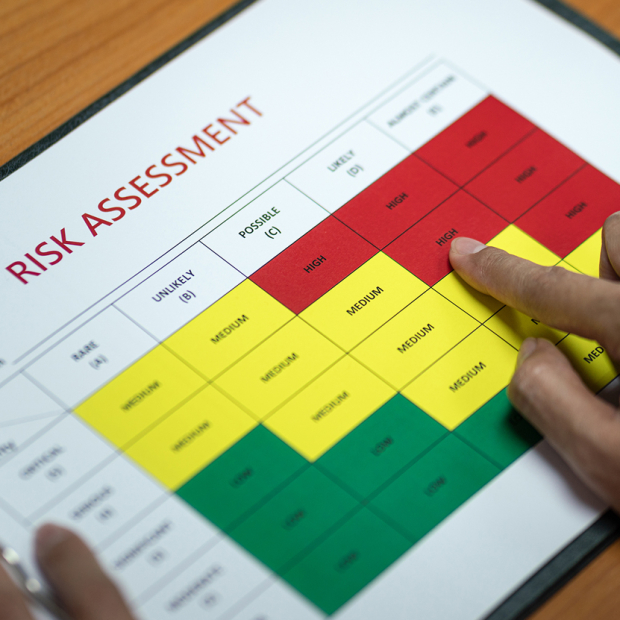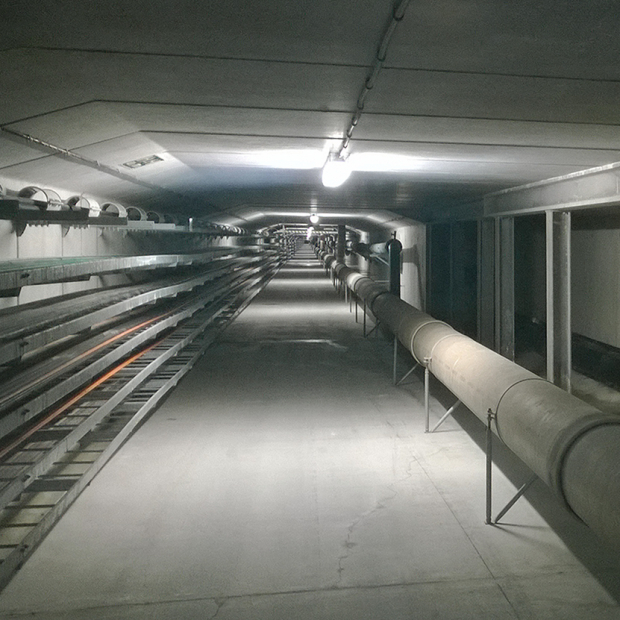
Impact of the new risk acceptance criteria for technical systems on railway safety
The application of the extended RAC-TS and the concept of explicit risk acceptance criteria in general are still vague in real-life practices of the European railways. Also the impact of the newly proposed criteria on the safety level of European railways is not conceivable in its full amount. EBP carried out an impact assessment on the application of the newly proposed RAC-TS for one SBB and one DB case study.
The European Railway Agency (ERA) has the task to develop harmonized European risk acceptance criteria to be used within risk assessments. The existing Commission Regulation 352/2009 already specifies a first risk acceptance criterion for technical systems (RAC-TS). In the course of the revision of the Regulation 352/2009, ERA is planning to extend their specifications regarding the explicit risk acceptance criteria for technical systems.
The application of these extended RAC-TS and the concept of explicit risk acceptance criteria in general are still vague in real-life practices of the European railways. Also the impact of the newly proposed criteria on the safety level of European railways is not conceivable in its full amount. Therefore, the Swiss Federal Railways (SBB) and the German Railway (DB) have asked EBP to carry out an impact assessment study on the application of the newly proposed RAC-TS (considering the overall concept and the values). The application is carried out for two case studies – one for the vehicle function “automatic traction cut off” (SBB case study) and one for the solid state interlocking function “set route” (DB case study).
The impact assessment is carried out by comparing the current requirements on existing systems to requirements derived from the application of the new RAC-TS values. In addition to the quantitative comparison, the study also derived some general findings regarding the application of the new RAC-TS.









